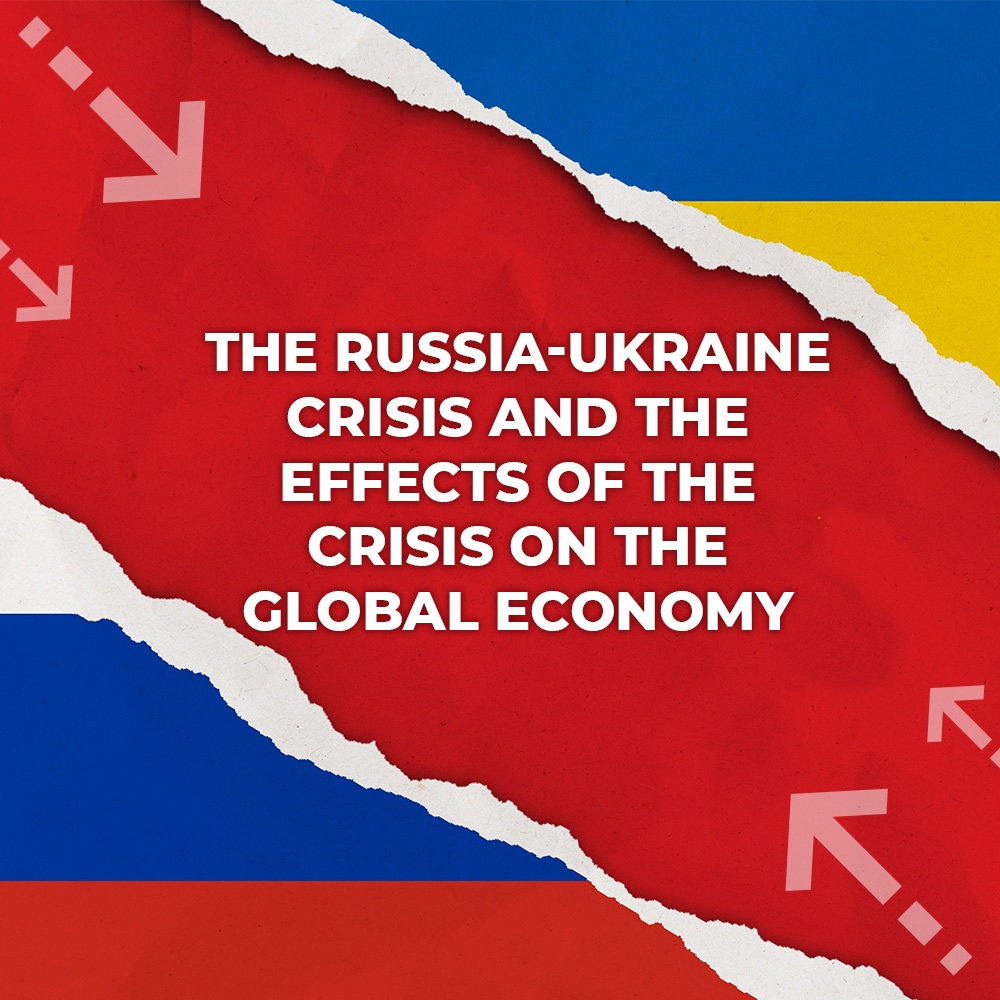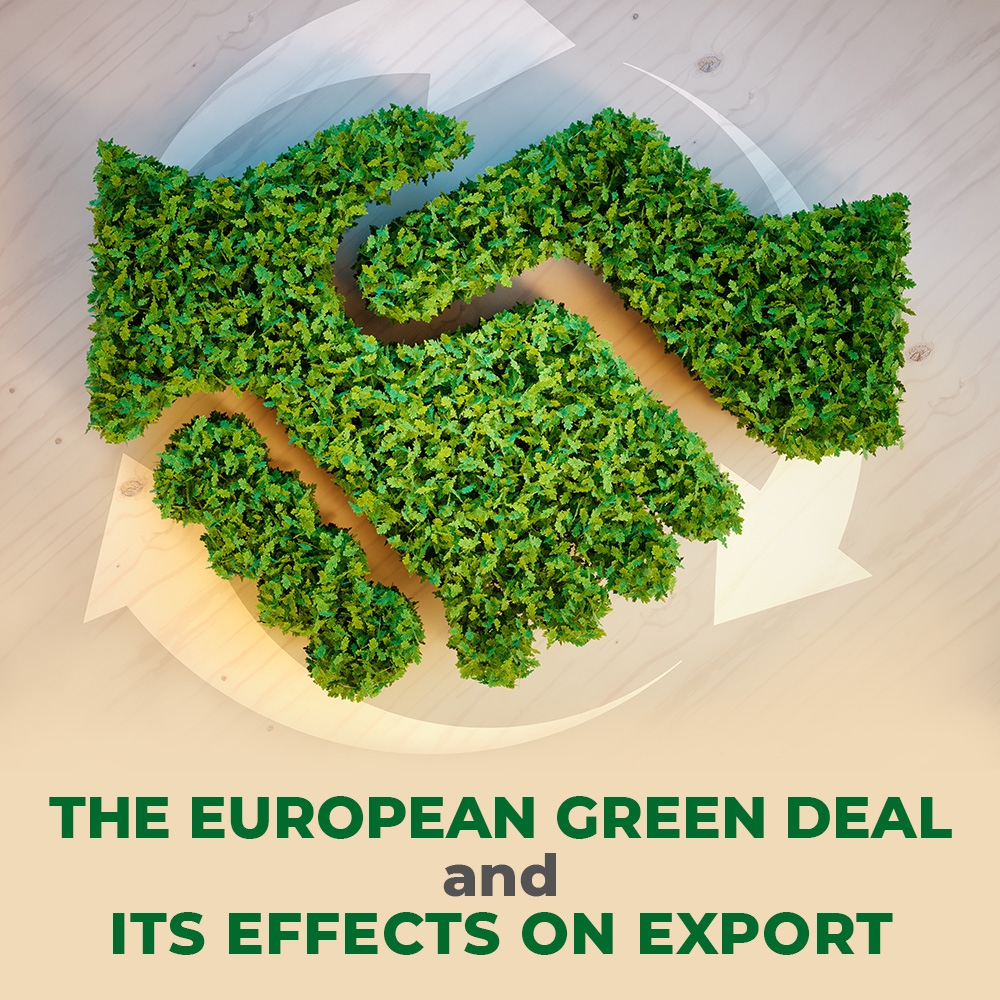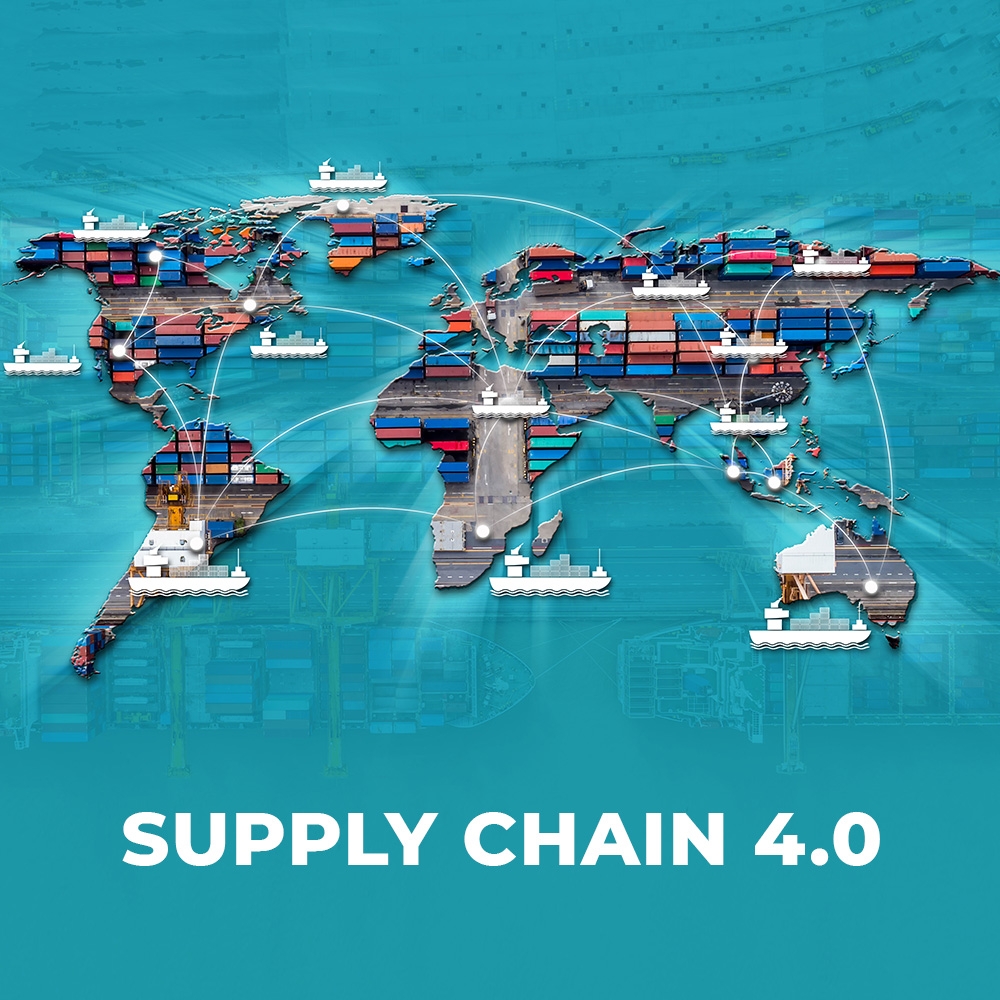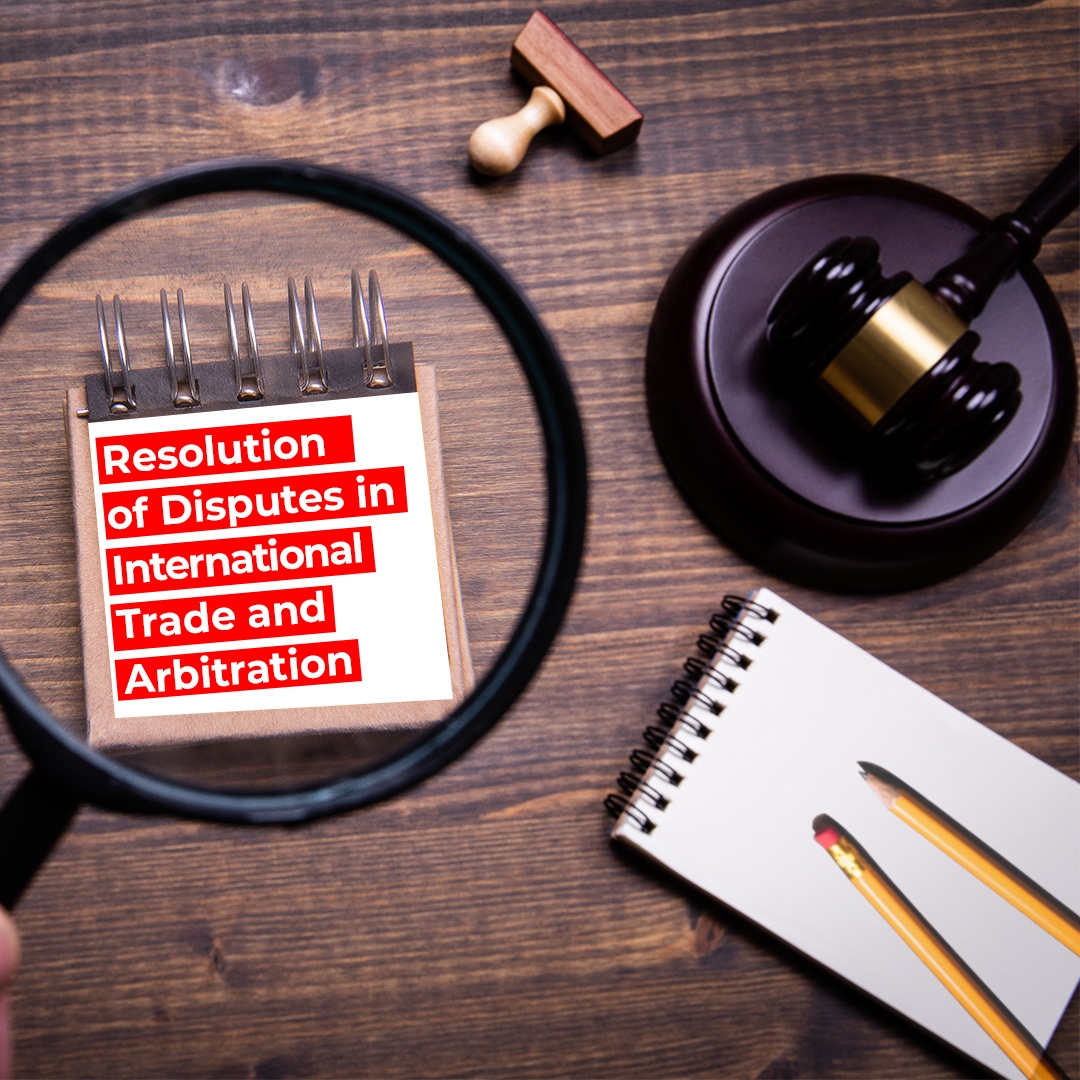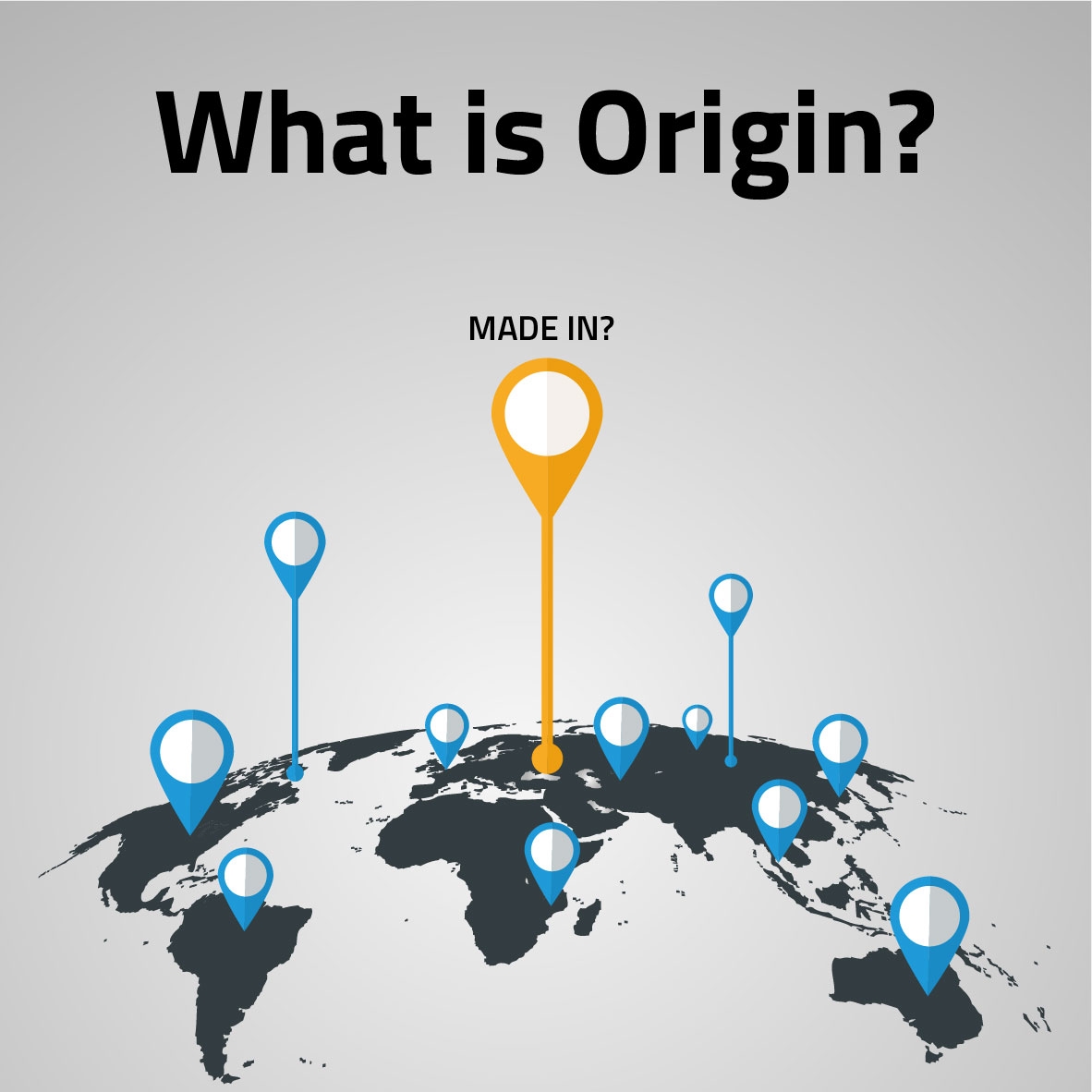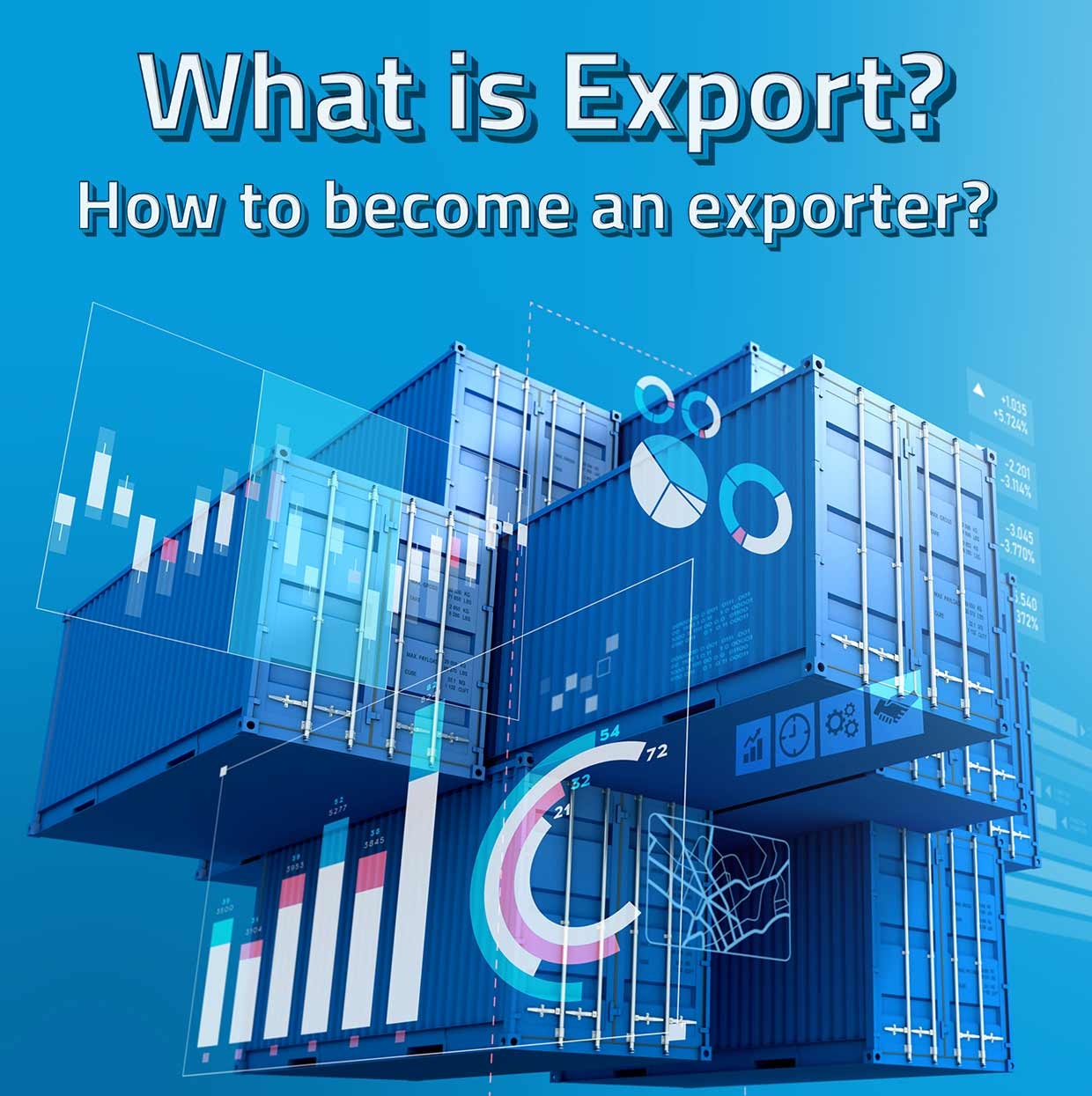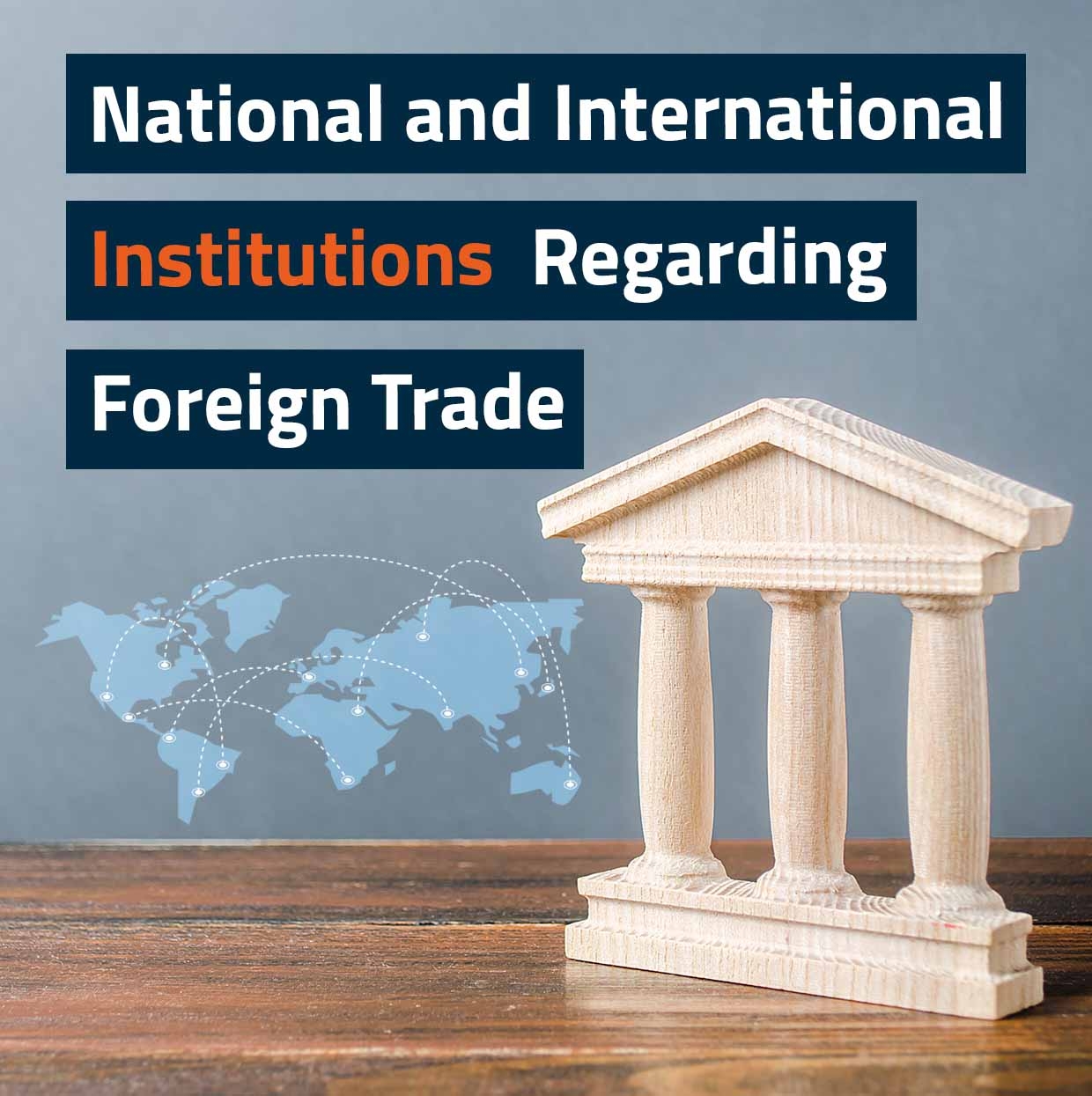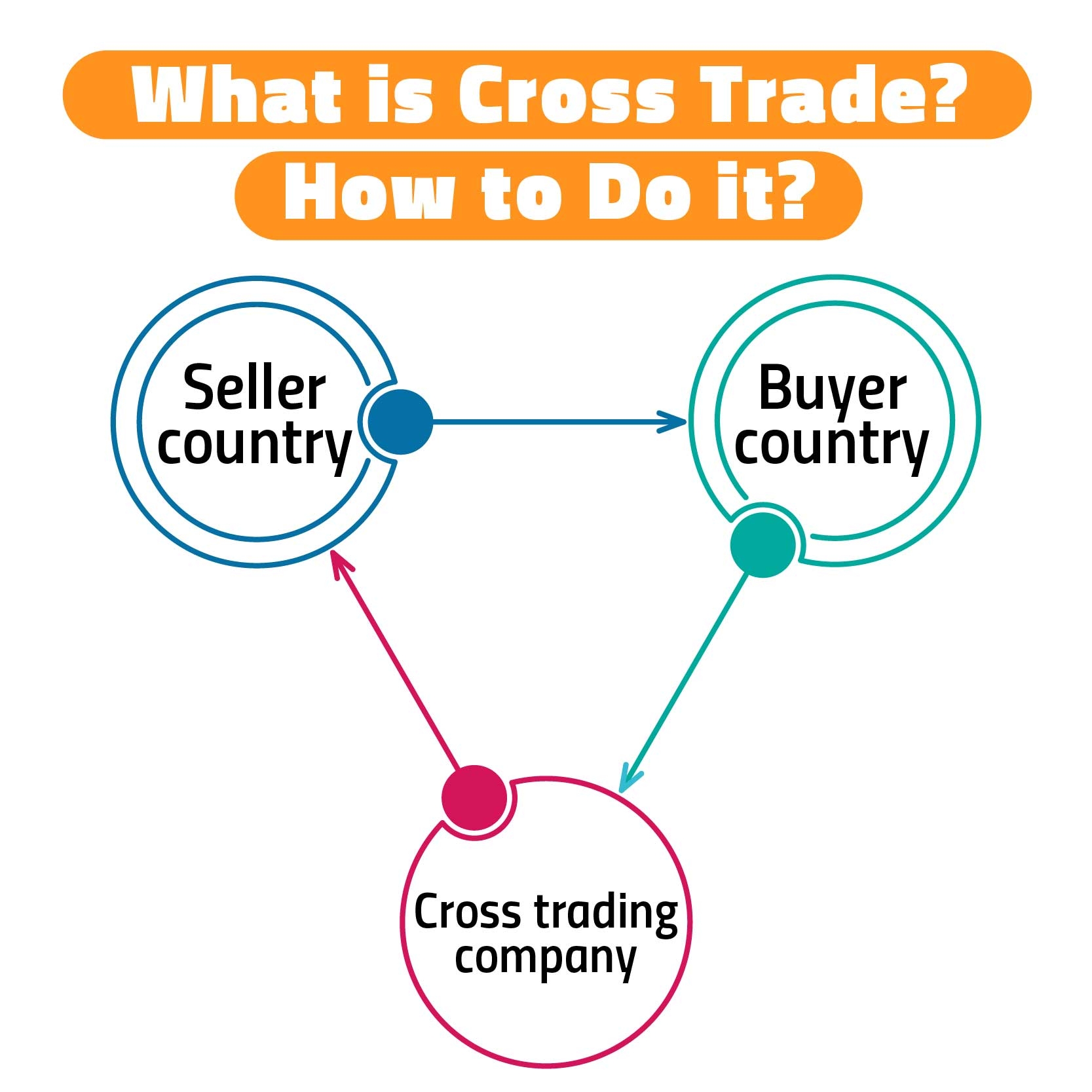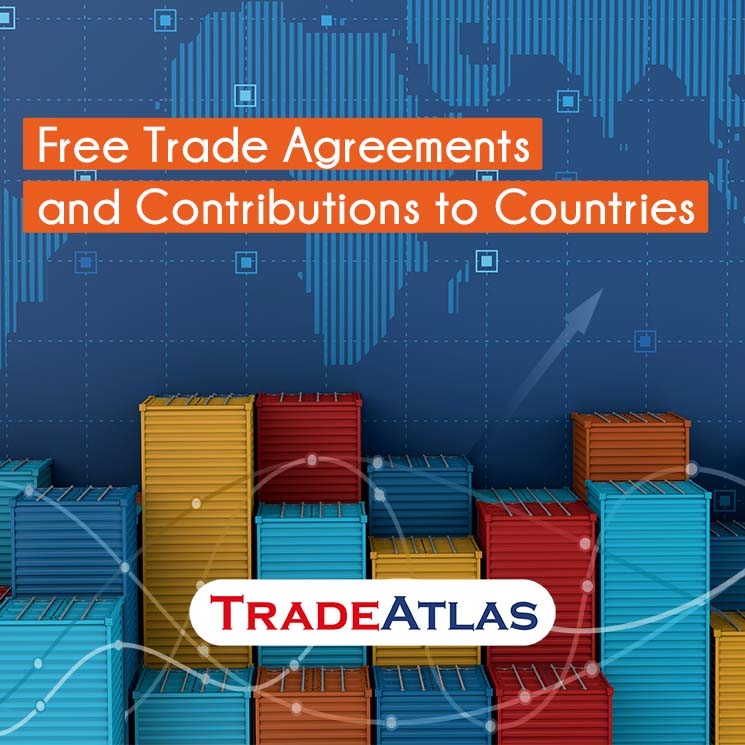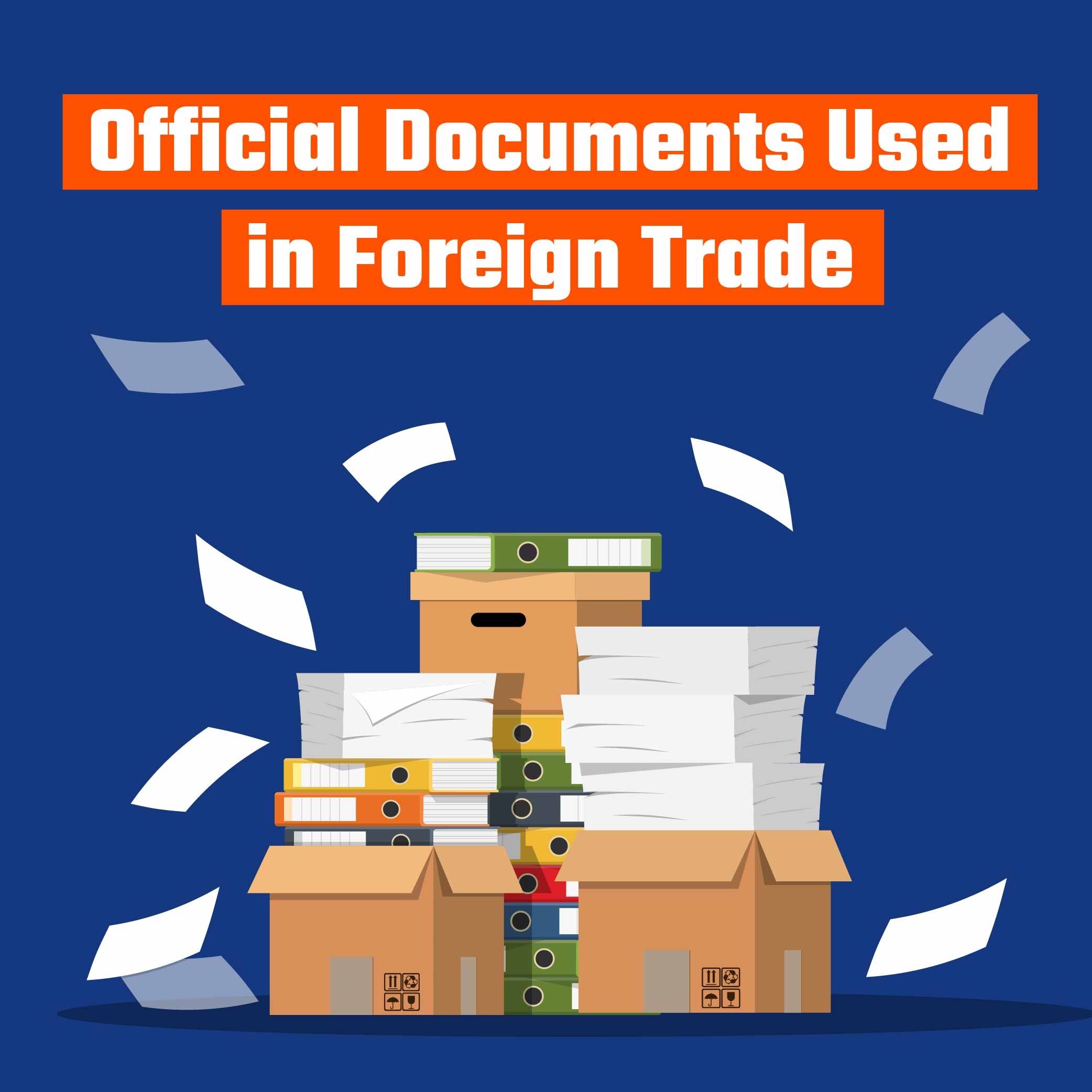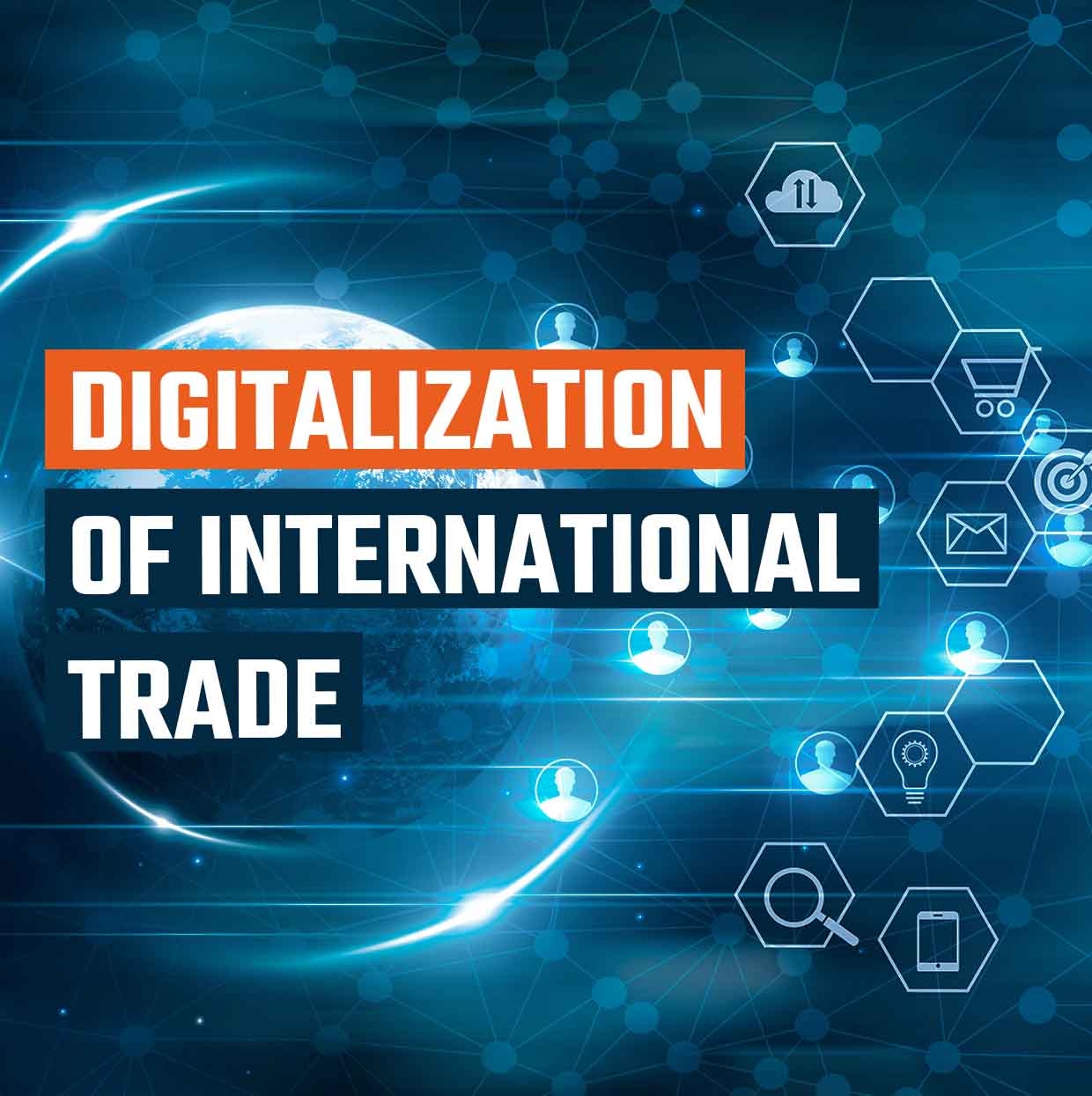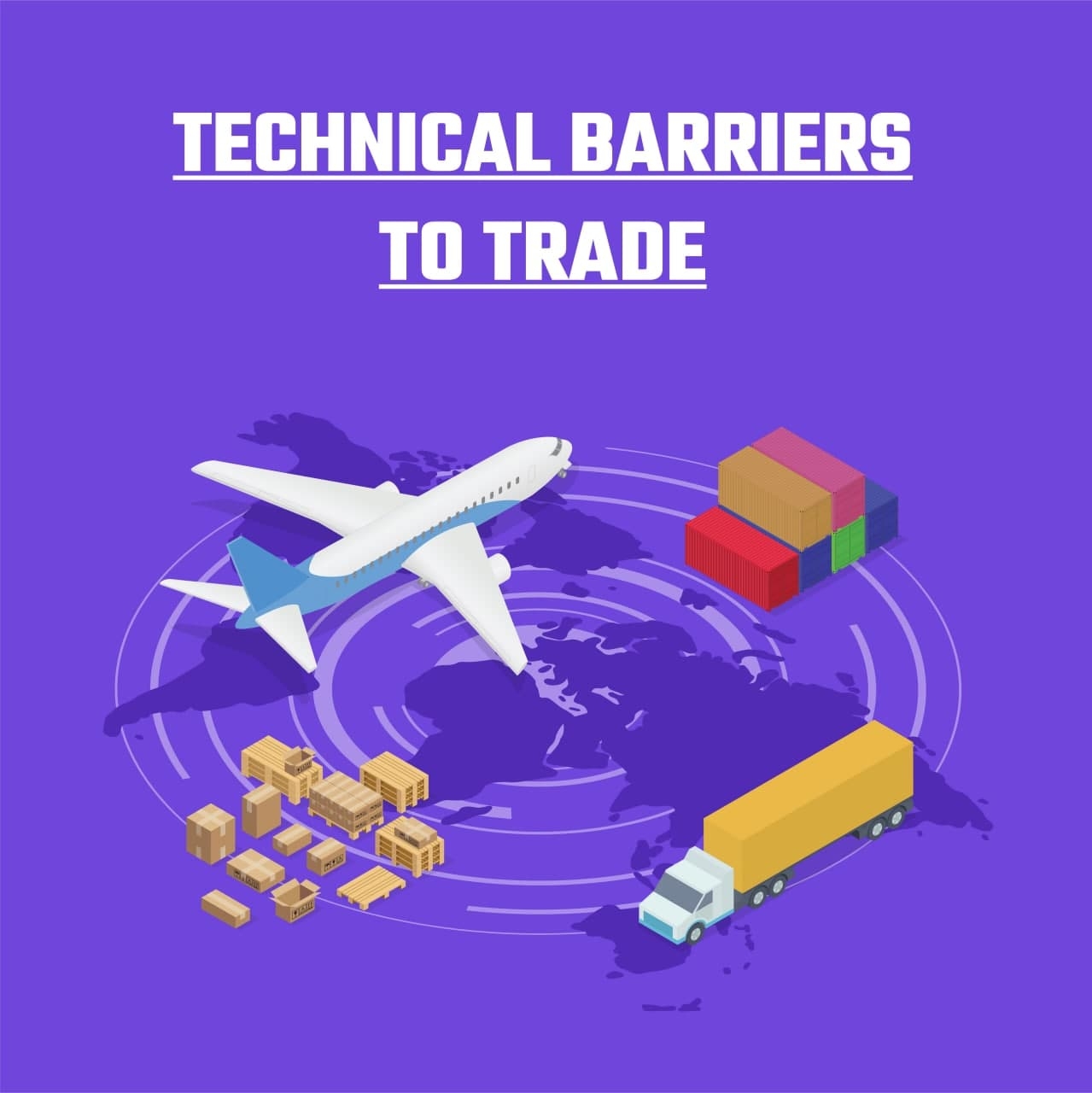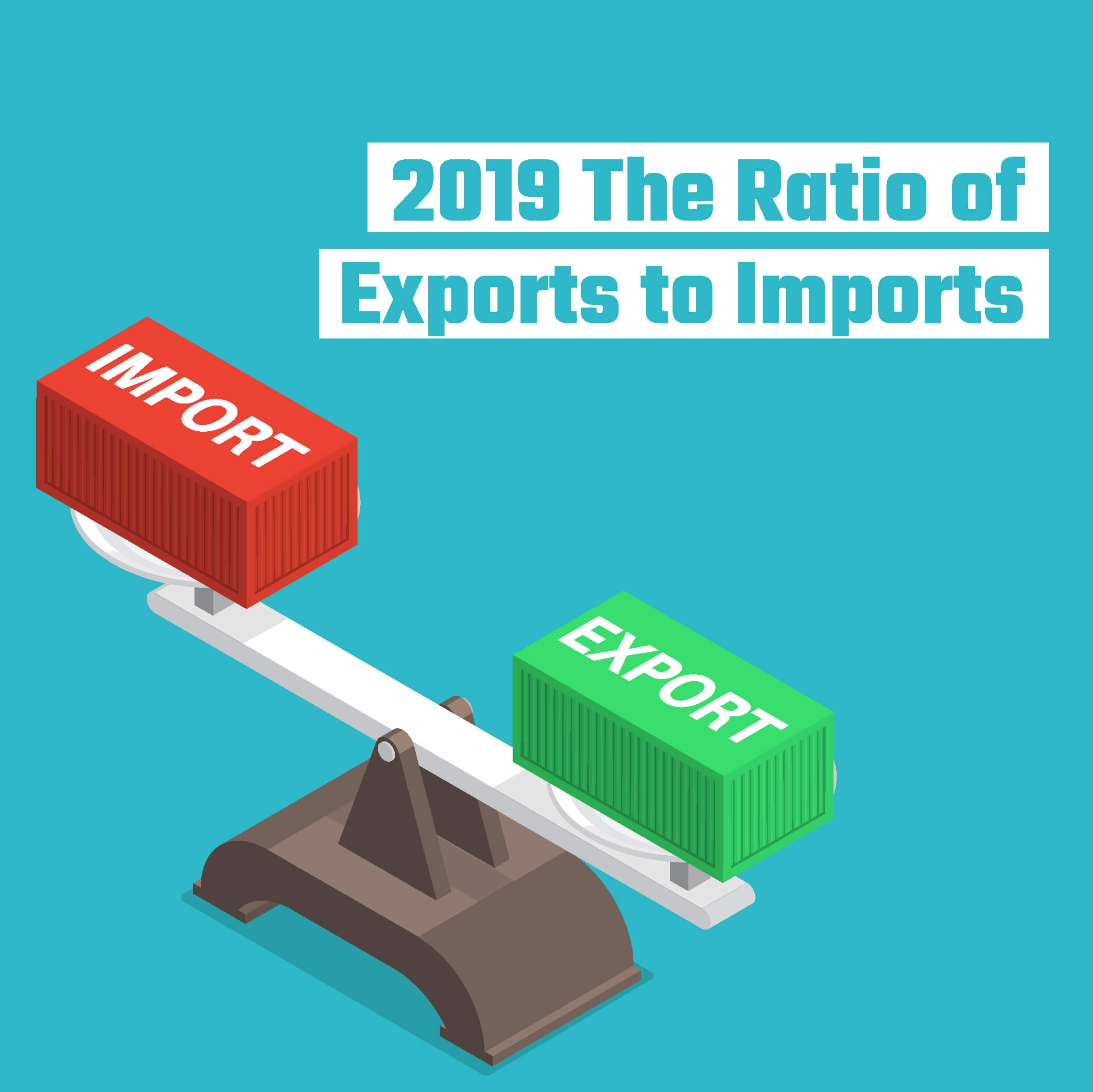What is the Russia-Ukraine crisis?
The Russia-Ukraine crisis began on February 24 as a
result of the Russian military attack on Ukraine and is still on the agenda.
The reason for the emergence of the crisis is that Russia wants to declare the
Donetsk and Luhansk regions in the east of Ukraine that are separate regions
from Ukraine due to the majority of the Russian population. Since the beginning
of the crisis, it has had a lot of economic effects along with social and
political areas.
How Did the Russia-Ukraine Crisis Affect the Global
Economy?
The crisis between Russia and Ukraine has led to
production and supply problems. Due to the difficulties in transportation, the
export capacities of the two countries have started to decrease seriously. This
situation had a negative impact on energy and food prices in many countries.
As it is known, Russia and Ukraine have a large market
share in the world market. For example, Russia has huge oil reserves and meets
the world's oil needs to a large extent. In addition, Russia, which is the
eighth largest agricultural economy, has an important share in food production
along with Ukraine. Both countries have a developed agricultural sector. For
example, two of them together meet 14% of world wheat production. Along with
wheat, they have a significant market share in the production and export of
corn, barley, and potatoes. Ukraine ranks first in global sunflower production
along with basic foodstuffs, while Russia ranks second. With the outbreak of
war between the two countries, the production and supply of these products got
difficult. As a result, the prices of products in global markets have increased
in many countries. For example, many countries have faced high inflation in
food and natural gas prices and have had difficulties in securing these foods,
and they still continue to experience this problem. As a result, in the last
month, prices have increased by 75% in coal, 60% in natural gas, 50% in wheat,
45% in sunflower, 35% in petroleum, 30% in palm oil, and more than 25% in corn.
As long as the war continues, it is estimated that the future effects of the
war will continue to increase.
Another negative effect is experienced in the
automotive sector. Russia is one of the leading manufacturers of four important
metals used in the automotive industry; aluminum, palladium, titanium, and
nickel. After the crisis, the prices of these products have also increased, and
it is expected to increase gradually in the following periods. In particular, the imposition of an embargo
on these products by Europe and the United States will have negative effects on
supply. As a result, this price increase in raw materials will also lead to an
increase in car prices.
The Russian - Ukrainian crisis has also negatively
affected financial markets. After the war began, when the world went into a
financial crisis, the Central Banks of Europe, the United States, Japan, and
the United Kingdom began to put a lot of money on the market by selling
long-term bonds and securities of some institutions. As a result of the fact
that so much money has been released to the market, the current balance sheet
of the central banks of these countries is 30 trillion and above. As a result
of this expansion in the money supply, inflation has risen rapidly in the
United States, Europe, and the United Kingdom, which has led to the rise of the
dollar.
What are the restrictions that are put on the Russian
Economy?
In the immediate aftermath of the Russia–Ukraine
Crisis, the European Union and the United States took several restrictive
measures against Russia. One of them is to block Russia's access to its own
reserves, which are located on the banks of other countries. The European Union
has blocked the Russian Central Bank's access to the amount held in the US and
Europe Central Banks from its reserves of $ 643 billion. Then, they banned
Russia’s wealth fund from borrowing on the international markets. Many Russian banks
have also been excluded from SWIFT which is the international monetary transfer
system. All these practices have negatively affected the Russian stock market.
For example, the Moscow Stock Exchange lost 33% of its value with the outbreak
of the war. The stock market was able to trade for a limited period of time,
and the stock market's daily rise in the benchmark index MOEX remained at 10%.
Therefore, it had to take a break from stock market operations for a while.
In
addition, international companies boycotted Russia because of the war. Many
international companies have begun to suspend their economic relations with
Russia and their trade. Then, they decided to stop their investments in Russia
as well. For example, Western companies such as Coca-Cola, McDonald's,
Starbucks, Levi's, Airbnb, Apple, Visa, Mastercard, Ford, and Boeing have
closed their branches in Russia. Russia, on the other hand, announced on March
9 that the assets of companies that decided to withdraw from the country could
be nationalized.
In
summary, the Russia-Ukraine Crisis has greatly affected the global economy
since the day it began. Firstly, due to the crisis, prices have increased, leading
to the rise of the inflation in the world, and this rise will continue in the
coming days. Then world trade will begin to contract due to both the increase
in prices and the deterioration of the transportation networks of the two
countries with an important trade network. Finally, economic growth will decrease
all over the world.
It is very
easy to reach importers and exporters all over the world directly with
TradeAtlas! TradeAtlas is a global importer and exporter search engine that
contains 1.8 billion bills of lading and shipment details data of 20 million
importer companies in more than 230 countries around the world. TradeAtlas is
with you to accompany you in taking steps towards becoming a more important
part of global trade! To become part of the global ecosystem, you can register
and search for free by clicking here.



